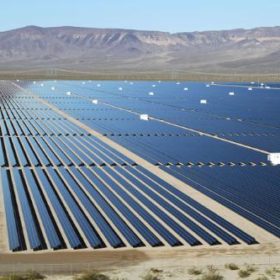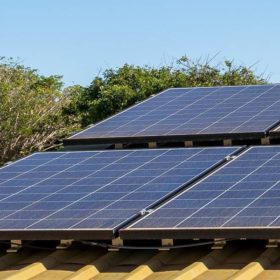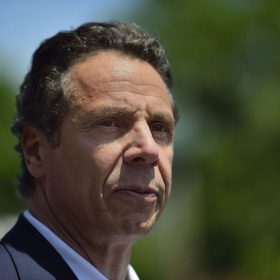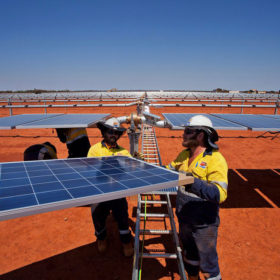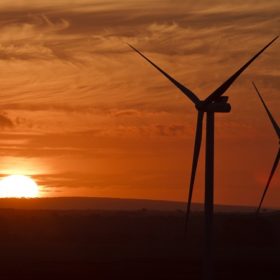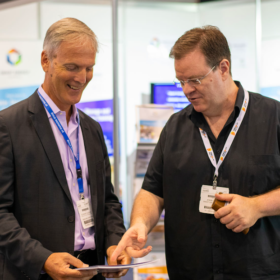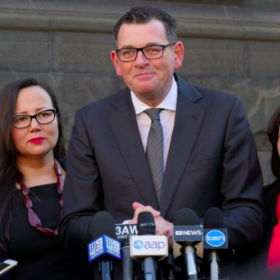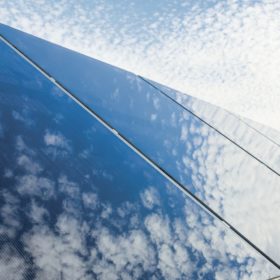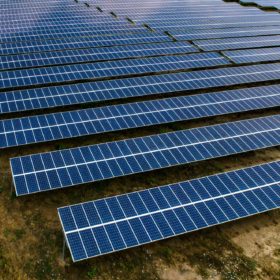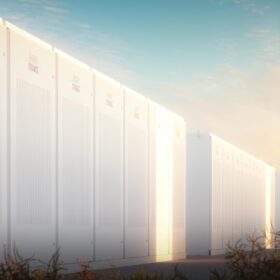Is the U.S. solar market slipping towards merchant?
As contract lengths shorten, U.S. solar developers and investors are relying more and more on sales of power in the spot market as the future.
Horizon Power beefs up hosting capacity to accommodate more solar
More regional Western Australians will have the opportunity to install rooftop solar panels on their premises with 10 MW of additional renewable energy generation released on Horizon Power microgrids.
New York Senate passes the biggest renewable energy mandate in the US
The 70%-by-2030 renewable energy provision in legislation S6599 is second only to Washington DC’s 100% by 2032 aim, and includes targets of 6 GW of distributed solar by 2025 and 3 GW of energy storage by 2030. It is expected to pass the assembly today.
Western Australian mines to be powered with solar, wind and batteries
Two Western Australian mines will be powered by renewable energy hybrid microgrids echoing a global shift away from fossil fuels in the mining sector.
Solar, storage and wind can keep us on track as far as 2030
This year’s New Energy Outlook report by Bloomberg New Energy Finance predicts renewables can keep us on track for less than two degrees of global heating for the next decade. But after that, other technologies will have to do their bit.
Victorian college switches to 100% solar-wind electricity blend
Melbourne-based Presbyterian Ladies’ College will be powered solely by wind and solar with the help of a power purchase agreement inked with electricity retailer Flow Power and on-site PV.
Interview: Smart Energy Council renews call for its code of conduct to be used for Solar Homes
With a pronounced focus on safety and installer certification in the second round of Victoria’s landmark Solar Homes subsidy program, the Smart Energy Council (SEC) has renewed calls for its ‘whole of industry’ code to be incorporated into the program. SEC CEO John Grimes says that he broadly supports the focus on safety as “setting a high bar.”
Next round of Solar Homes targets 42,000 resi arrays, 1,000 batteries
The Victorian Government has published its targets and caps for the 2019/20 round of the Solar Homes program. 40,0000 privately owned homes are set to receive government grants under the program, with an additional 2,000 systems on rental properties. 1,000 grants for retrofitted residential storage are also set to be subsidised in the latest round, in targeted areas.
CSIRO pulls energy, urban and land-use levers for a sunny national outlook in 2060
The CSIRO’s second ever Australian National Outlook, published today, invites Australians to consider two contrasting projections of our quality of life in 2060, and the shifts the country will need to implement to achieve a positive scenario. In the brightest outcome, renewable energy contributes to opportunities and an enviable lifestyle for generations to come.
Victorian councils turn to solar for environmental upgrades, improved bottom lines
Mildura Rural City Council reports a milestone in helping businesses to upgrade their buildings with solar and become more energy efficient and sustainable, while Greater Shepparton sees great results from going solar.
